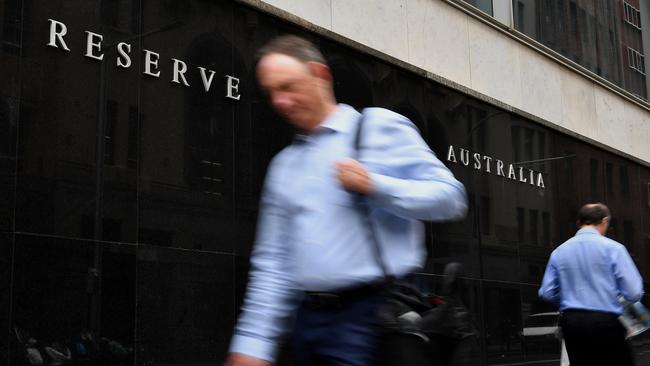Australia’s inflation genie is not out of the bottle, yet

Market consensus for Australia’s September quarter is 0.8 per cent, pulling the annual headline inflation down from 3.3 per cent to 3.1 per cent. But whatever the final figure and whatever pressure the bond market throws at the Reserve Bank to bring forward its 2024 guidance for a first rise in the cash rate, the inflation genie in Australia will almost certainly remain in the bottle.
Economists everywhere are earning their keep, attempting to unpack the forces, some transitory, some structural, influencing national economies. There are blocks to supply chains, fiscal and central bank stimulus, a rising cost in ESG, a Great Resignation across the US and in Australia, job jostling and hybrid working.
Economist Saul Eslake says the figure that matters is underlying inflation, which should come in around 1.75 per cent.
“It will be 5¾ years where the underlying inflation rate has been below the RBA’s 2 to 3 per cent target range. That is the most important thing.”
So little point in hyperventilating about rising interest rates any time soon then.
Australia’s inflation is behaving quite differently from many other economies, including both the US and New Zealand. Part of the reason lies in national wage pressures, but not all.
Eslake says almost every advanced economy has been hit by the broad spike in commodity and food prices, compounded by a 500 to 600 per cent hike in shipping costs which is now showing up in upstream inflation – a producer price index of over 10 per cent for countries around the world. Yet Australia’s PPI has only risen 2.2 per cent.
“In other countries they are importing inflation,” he says. “But in Australia the import price index for consumer goods fell 2.5 per cent over the year to the June quarter. What is more, we are not seeing any wage pressure.”
In contrast, wages are the big inflationary concern for the US. This year in the Great Resignation, Americans have quit their jobs in increasing droves.
Perhaps this is a genuine post-pandemic reset in the workplace or perhaps, as labour economist Professor Jeff Borland from the University of Melbourne writes this week, a catch up of the quit rate which stalled when Covid hit.
In Australia before Covid, the Reserve Bank fretted over how unresponsive wages were to falling unemployment. Closed borders have created a tightening of the labour market, but Eslake says this is only in pockets.
“The RBA is not seeing any anecdotal evidence of employers paying higher wages to get people. Maybe it is because employers are hanging out to get migrants back – I’m not going to pay up to get people now because the borders are going to open soon.”
Complicating matters is the large difference in core inflation (which strips out food and energy) between countries.
In Asia, including China it is almost flat. But in the US, Eslake says core CPI was running at 0.7 per cent a month in the second quarter, driven by the cost of buying and running cars, which hit supply chain problems.
“The central bankers were right that the inflation scare earlier this year in the US was transitory. Container shipping prices seem to have now peaked, semiconductor prices have almost certainly peaked.”
Powell believes the time is now right to taper the US monthly stimulus, but not the time to raise rates, although he did raise eyebrows on Friday. He noted some supply side constraints had worsened and there was upward pressure on energy prices, with risks to higher US inflation.
The Australian market also watches New Zealand closely. The big four banks all have NZ operations and three have lifted fixed mortgage rates which Eslake says could signal the bottom of the housing cycle. But he gives short shrift to the sharp market reaction to last week’s surge in annual inflation for New Zealand, fuelled by house prices.
Australian three-year bond yields jumped indicating the market did not believe the RBA’s 2024 date for a rate rise was credible.
“Remember not only is there not the same inflationary pressure here, we also have a looser inflation target,” Eslake says.
“The RBA is not going be bullied by the timing of other central banks – least of all New Zealand. And not by the Fed either.”
If the Fed raises rates ahead of Australia, he says the RBA will simply welcome the lower Australian dollar.
Eslake does think the RBA’s first rate hike will be brought forward, but to the second quarter of 2023.
What may well have a lasting impact on inflation is next week’s COP26.
“ECB president Christine Lagarde said one consequence might be a more broadly based and higher carbon price.
“That could be much harder to dismiss as transitory because it is not meant to be transitory. It is meant to be something that induces a change in behaviour.”



Australia’s inflation number on Wednesday is hotly anticipated, after New Zealand’s surprise 4.9 per cent annual jump in inflation last week and a hint of concern from Federal Reserve chairman Jerome Powell that inflation pressures in the US might not be a transitory as first thought.